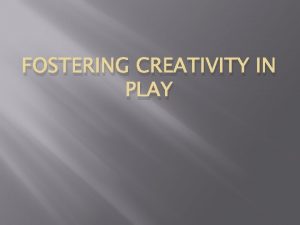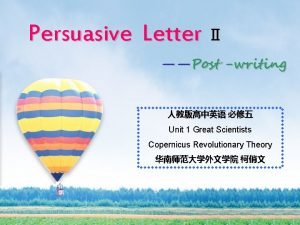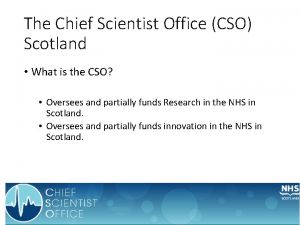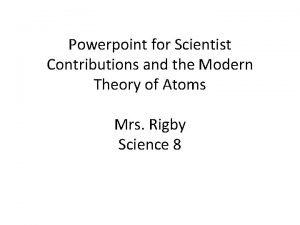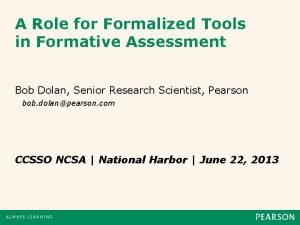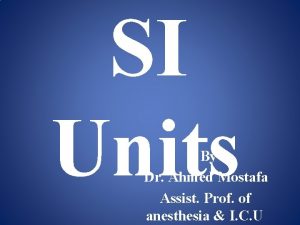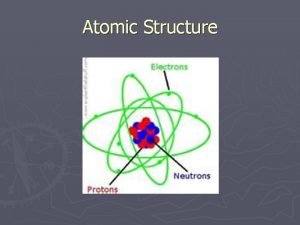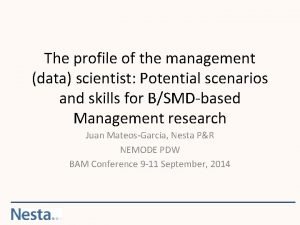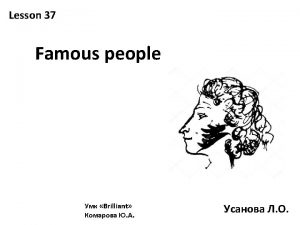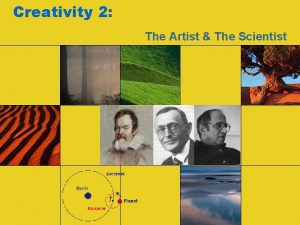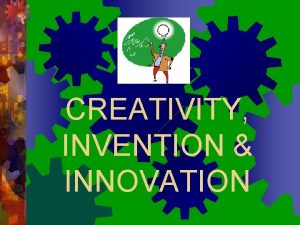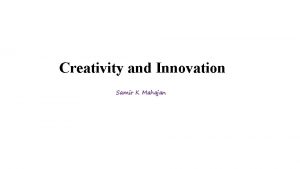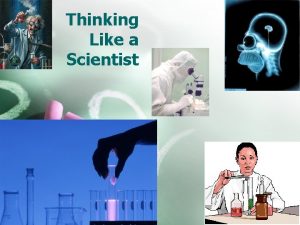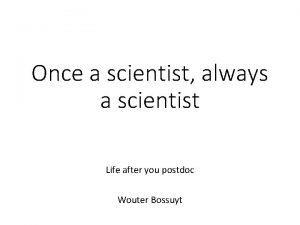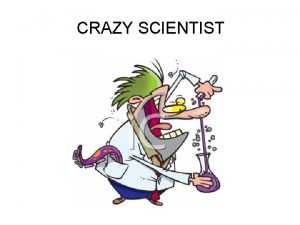Creativity The Artist The Scientist Creativity The Artist








![Thomas Kuhn How do theories change? • Kuhn [your reading] is more measured in Thomas Kuhn How do theories change? • Kuhn [your reading] is more measured in](https://slidetodoc.com/presentation_image_h2/70f132e9280bc00f96a913f483e059fe/image-9.jpg)
- Slides: 9

Creativity: The Artist & The Scientist

Creativity: The Artist & The Scientist • Siddhartha: There is another way of being in the world than that of goal-oriented bivalent thinking and action. • Tomas: Creativity is a purposive activity, but not goal-seeking; directed by inspiration and critical judgment. • Scientific Change: Contrasting “standard science” with modern views.

Aristotelian World View

Adjusting Aristotle Why was it so important to keep his worldview?

Standard Science • The assumption has been that paradigm shifts in science occur in a manner analogous to that of the “scientific method”. – Modern arguments claim that how scientific theories actually shift has much in common with the activities of the how an artist explores their inspiration. • The Basis of “Standard Science” is Observation – The event to be explained is derived from a general principle plus a statement of initial conditions or facts. – Science also asks why those general principles are true.

Scientific Method • Theories are tested by making predictions and seeing if they hold true. – That a theory implies true predictions doesn’t make it true. – So we say rather that theory is confirmed. • How does scientific method deal with anomalies? – Theories are adjusted in relation to those anomalies. [e. g. epicycles]

Conflicting scientific interpretations: or how theories change • Characteristics of Theory Change according to Fogelin: – Changes are initially met with strong resistance. • Often because they seem counter-intuitive to our everyday perceptions. [earth/sun example] – Arguments about the new theory will be different than arguments within the old theory. – Galileo reading will be an example of this. – These changes are called “paradigm shifts by Thomas Kuhn.

Paul Feyerabend How do theories change? • Feyerabend provides a description: – “Science is an essentially anarchistic enterprise. ” • As well as a prescription: – “Theoretical anarchism is more humanitarian and more likely to encourage progress than its law-and-order alternatives. ” • He argues that the consistency condition which demands that new hypotheses agree with accepted theories is unreasonable because it preserves the older theory, and not the better theory. – Hypotheses contradicting well-confirmed theories give us evidence that cannot be obtained in any other way. – He believes that a clash between facts and theories may be proof of progress.
![Thomas Kuhn How do theories change Kuhn your reading is more measured in Thomas Kuhn How do theories change? • Kuhn [your reading] is more measured in](https://slidetodoc.com/presentation_image_h2/70f132e9280bc00f96a913f483e059fe/image-9.jpg)
Thomas Kuhn How do theories change? • Kuhn [your reading] is more measured in his discussion of paradigm shifts. – “Normal Science "is predicated on the assumption that the scientific community knows what the world is like" • Scientists take great pains to defend that assumption. • To this end, "normal science often suppresses fundamental novelties because they are necessarily subversive of its basic commitments" – The question is: If normal science is so rigid and if scientific communities are so close-knit, how can a paradigm change take place? • We’ll compare his view with Tomas on Creativity next week.
